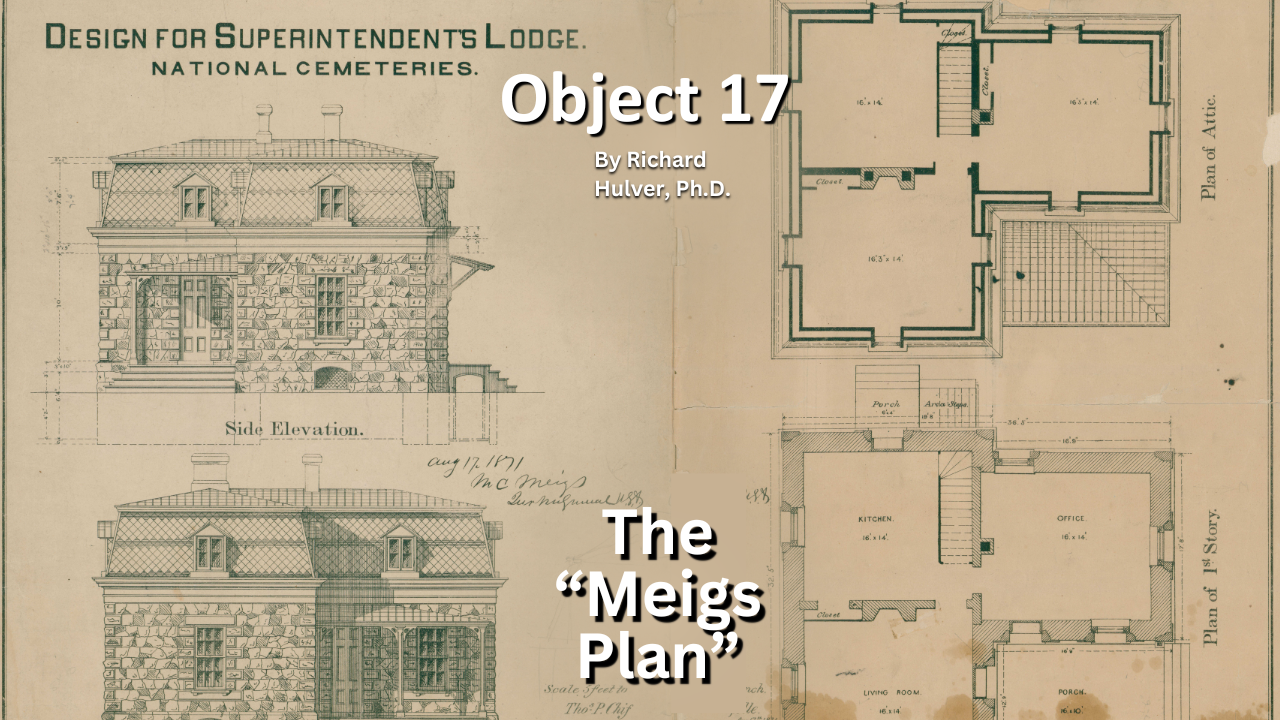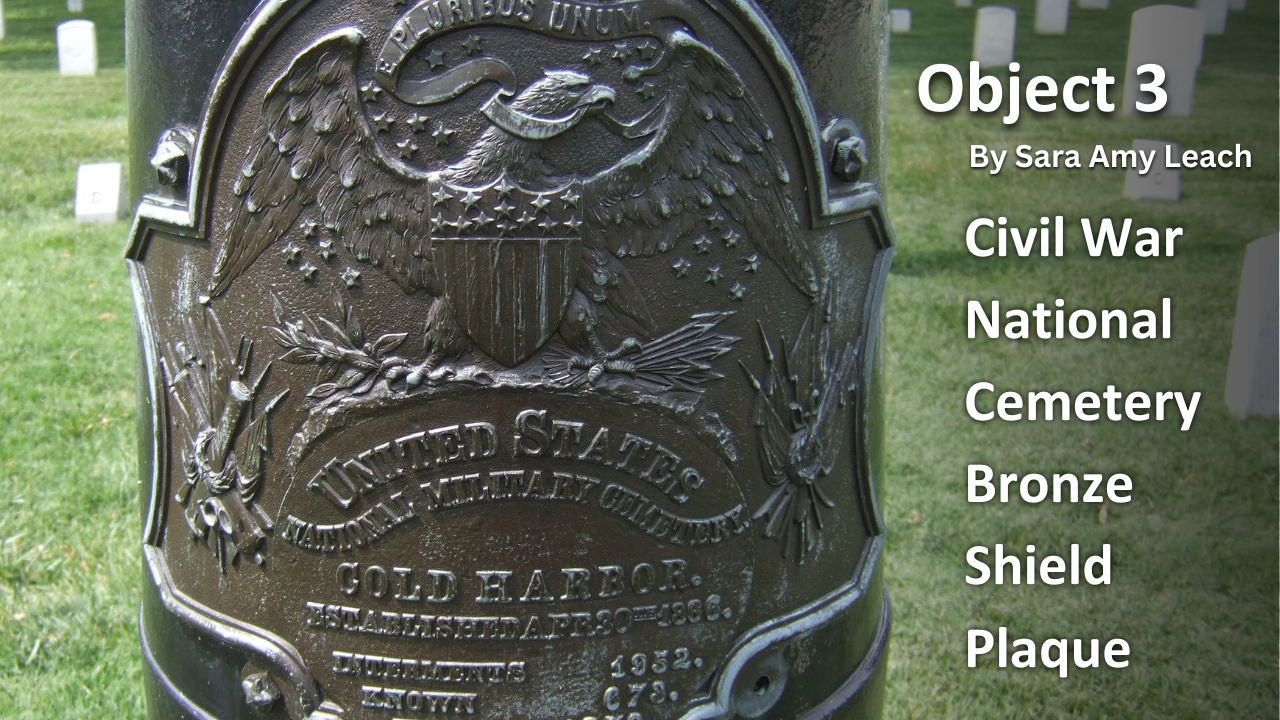
History of VA in 100 Objects
Object 86: The Roll of Honor
“The following pages are devoted to the memory of those heroes who have given up their lives upon the altar of their country, in defense of the American Union.”
So opened the preface to the first volume of the Roll of Honor, a compendium of over 300,000 Federal soldiers who died during the Civil War and were interred in national and other cemeteries. The genesis of this 27-volume collection published between 1865 and 1871 can be traced to Quartermaster General Montgomery C. Meigs and the department he oversaw for a remarkable 21 years from 1861 to 1882.

History of VA in 100 Objects
Object 55: Dorothea Dix’s Monument to Union Soldiers
On May 12, 1868, Dorothea L. Dix at last had the satisfaction of transferring to the Army ownership of the monument she helped finance and shepherd to completion. Dedicated to “Union Soldiers who perished in the War of the Rebellion,” Dorothea Dix's monument was a 65-foot-tall granite obelisk erected in Hampton National Cemetery in Virginia near the large Civil War hospital at Fort Monroe.

History of VA in 100 Objects
Object 17: The “Meigs Plan” Lodges
National cemeteries originated out of necessity during the American Civil War. In the summer of 1862, as casualties mounted at an alarming rate, Congress empowered President Abraham Lincoln to purchase and enclose burial plots as national cemeteries to inter the growing number of Union dead. These cemeteries were managed by superintendents, some disabled Civil War Veterans. To house them, Brig. Gen. Montgomery Meigs came up with what was later named the "Meigs Plan," the design for permanent lodges to house the superintendents.

History of VA in 100 Objects
Object 12: Pension Bureau Building
In 1882, the Pension Bureau hired 770 new clerks, doubling the size of its work force. The additional manpower was necessary to keep up with the explosive growth of the pension system after the Civil War. Work soon began on constructing a new Pension Bureau building to serve as the headquarters and home for the enlarged work force.

History of VA in 100 Objects
Object 3: Civil War National Cemetery Bronze Shield Plaque
The first permanent informational plaques placed in national cemeteries after the Civil War were affixed to upright cannons to brand these sites as a shrine to Union dead. These bronze shield plaques were installed after a 1872 report and served as early monuments to Union dead from the Civil War at national cemeteries.


